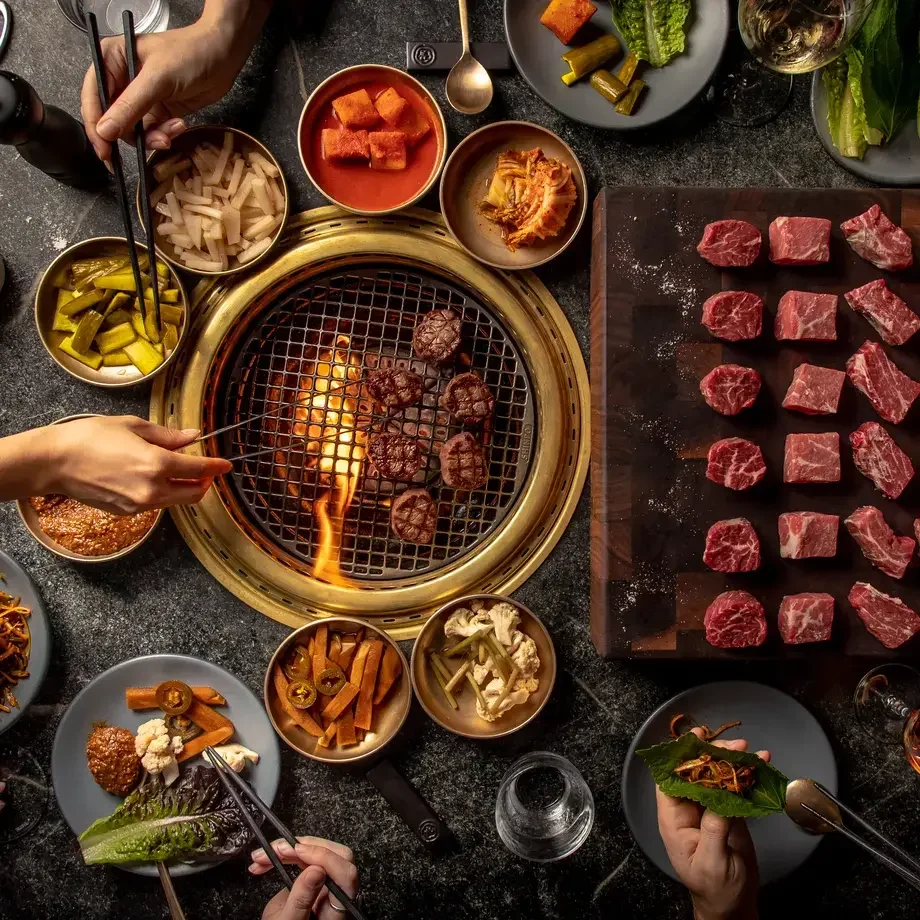Independent restaurants in the United States are entering 2025 with a mix of cautious optimism and hard-earned wisdom. According to the James Beard Foundation’s newly released Independent Restaurant Industry Report, created in collaboration with Deloitte, the challenges facing small and midsized restaurants remain significant—but so does their ability to adapt.
Drawing on a national survey of more than 350 industry professionals and interviews with over 50 chefs and operators, the report outlines four major trends shaping the year ahead: guest spending, guest connection, staffing, and business model experimentation. Each reflects a delicate balance: between cost and value, experience and efficiency, passion and profitability.
Prices Are Up, But Diners Are Cautious
In 2024, 91% of independent restaurants raised menu prices, mostly in the 5–10% range. But those who went beyond 15% saw a drop in profits and foot traffic. Despite rising labor, food, and utility costs, diners remain sensitive to price hikes, and many are dining out less frequently. Chefs report that guests want "cheap fancy"—high-quality experiences at justifiable prices—and are increasingly skipping high-margin extras like alcohol, appetizers, and desserts.
Customization is also on the rise, from gluten-free requests to smaller portions, reflecting both health trends and economic caution. Restaurants are responding by refining their menus to emphasize value and clarity, and by training staff to communicate the story behind every dish.
Guests Want Connection, Not Just Consumption
The number of regulars is dwindling, and loyalty is harder to build. Nearly three-quarters of restaurants cited social media as their primary marketing tool, but many also acknowledged its limits: likes don’t always translate to reservations. To deepen guest engagement, chefs are investing in both online storytelling and real-world experiences—from immersive events to community partnerships.
Experiential dining moments, like tableside presentations and chef collaborations, are proving effective at turning diners into advocates. The report found that restaurants with stronger in-person connections reported better performance, suggesting that even in a digital world, hospitality remains deeply human.
Paycheck or Purpose? Staffing Remains a Struggle
Hiring and retention continue to top the list of concerns. In 2024, 92% of restaurants raised wages, and those that offered career advancement or wellness benefits saw better staff retention. With skilled labor in short supply, many owners are leaning into creative staffing models: cross-training front- and back-of-house teams, offering flexible schedules, and even outsourcing non-core functions.
The report emphasizes that beyond pay, team members are seeking meaning, autonomy, and balance. Open-book management, mentorship programs, and participatory leadership are becoming more common among restaurants looking to build sustainable, supportive workplaces.
Business as Unusual: Testing New Models
More than 85% of restaurants surveyed tested at least one non-traditional business model in 2024. From pop-ups and prepaid dining to event spaces and revenue-based leases, operators are rethinking what a restaurant can be. While these models aren't one-size-fits-all, those who embraced experimentation were more likely to report improved performance.
Innovation isn’t just a buzzword—it’s a survival strategy. And in 2025, independent restaurants are more open than ever to evolving how they serve, hire, and connect.
Looking Ahead
The 2025 report paints a clear picture: resilience is not just about staying open, but staying relevant. Independent restaurants are reimagining their role in a changing world, driven by creativity, community, and an unshakable commitment to their guests and teams.
As one chef put it, "Change is the only constant. To fall stagnant is to fall behind—especially in this industry."
For more details, visit jamesbeard.org/impact.














